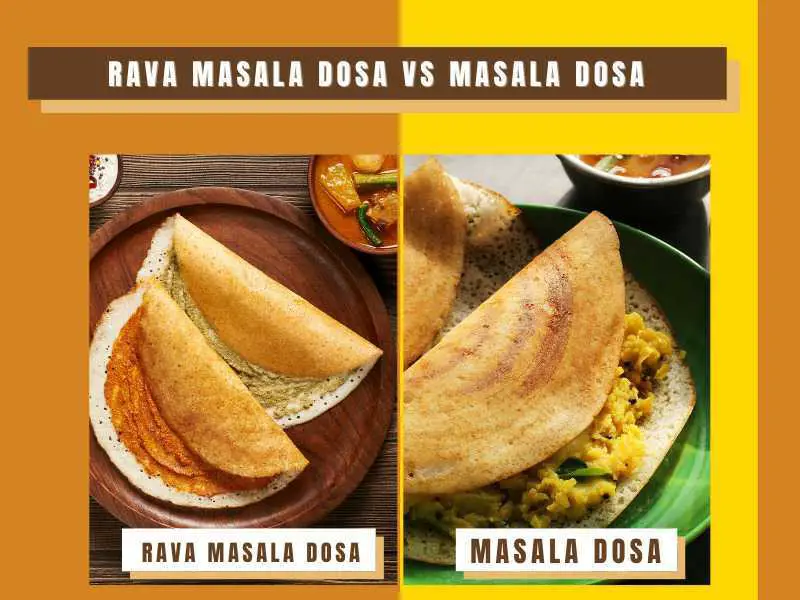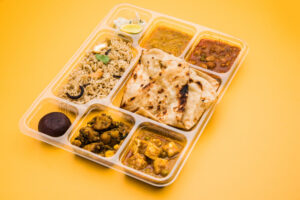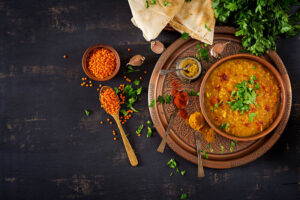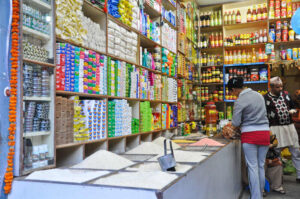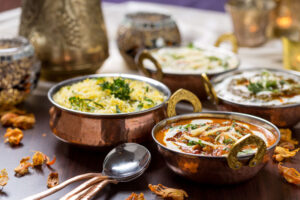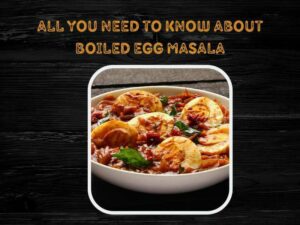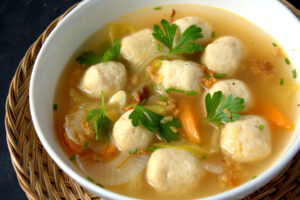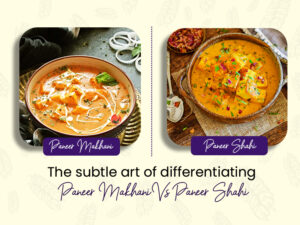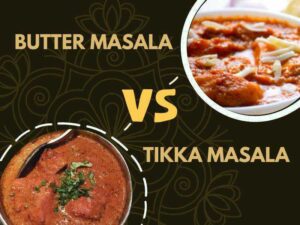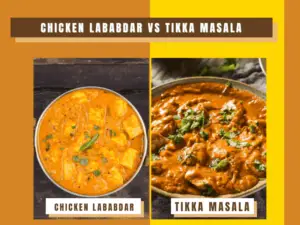The varieties of dosa seem vast, with each type of dosa unique in its own way. Indian dosas have captured people’s hearts globally and make for a delicious, filling meal. Among some popular ones, let’s look into the difference between rava masala dosa vs masala dosa.
Rava Masala Dosa vs Masala Dosa
Two different types of dosa, with the potato masala filling common to both, the difference between rava masala dosa and masala dosa lies in the dosa batter and method of preparation.
Most dosa lovers are bound to have these two dosa types on their list of favorites.
What is Rava Masala Dosa?
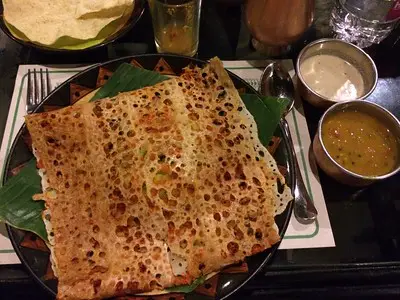
Rava masala dosa is a thin, crispy crepe usually made with rava / semolina and rice flour. Unlike most other types of dosa, the batter doesn’t require fermentation. It’s almost like an instant mix and can be used in just 15 – 20 minutes.
What is Masala Dosa?
A variation of the popular South Indian dosa, the masala dosa is made from rice, black lentils, potato, fenugreek seeds, and curry leaves.
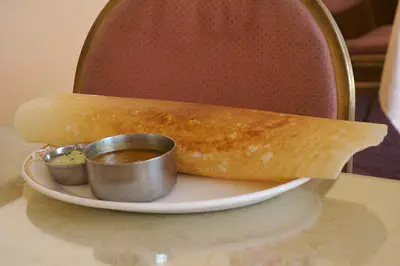
Perhaps you would like to know about podi dosa vs masala dosa and paper masala dosa vs masala dosa too.
History
While no specific history is associated with rava masala dosa, the inventor of masala dosa is supposedly one of the Mysore kings, Someshvara III.
The king had hosted an extravagant party, after which there was a lot of leftover food. He called upon his cooks to come up with something creative. This led to the creation of the masala dosa, served with a side of plain coconut chutney.
Masala dosa is a 2000-year-old dish.
We caught up with chef and owner Karthik Thiru while he works 18+ hour days, introducing hungry city slickers to the joys of this 2000-year-old dish. pic.twitter.com/v9YLvgupJI
— CHAR Food & Drink (@Charfood) July 26, 2021
Taste and Smell
The rava masala dosa has a crispy, crunchy taste. Due to the use of onions, green chilies, and herbs, the taste and smell of rava masala dosa are slightly spicy.
Since masala dosa is made with fermented batter, it will have a mildly sour taste and smell. When made with clarified butter, it will provide a lovely aroma and taste to the dosa.
Popularity
It’s a close competition of rava masala dosa vs masala dosa all over India. While there are multiple variants of the rava masala dosa, it’s not as popular as masala dosa globally.
According to Chef Bikrant Singh, masala dosa “is the most preferred dosa all across South India”.
Nutrition
Rava masala dosa calories – 210 calories
Masala dosa calories – 387 calories
Health Benefits
Rava masala dosa provides ample proteins and vitamins, is low in calories, boosts energy levels, improves heart health, and keeps bones and nervous system healthy.
On the other hand, masala dosa is a good source of carbohydrates and proteins, is a filling meal, and is a rich source of minerals.
About the Recipes
With different types of batter, rava masala dosa and masala dosa have the potato masala filling in common.
Ingredients
| Rava masala dosa | Masala dosa | |
| Dosa Batter | Semolina, rice flour, all-purpose flour, cumin seeds, crushed black pepper, salt, onions, green chili, curry leaves, coriander leaves, grated ginger, curd, water | Black lentil, Bengal gram, fenugreek seeds, flattened rice, raw rice |
| Fermentation time | No fermentation needed. Just leave the batter for 20 minutes | 6 – 16 hours or overnight |
| Potato masala stuffing | Potatoes, onions, green chilies, curry leaves, cumin seeds, turmeric powder, salt, coriander leaves | Same masala stuffing as for rava masala dosa |
Methods of Preparation
Here’s an instant rava masala dosa recipe for you to try out:
Or, if you’d like to make masala dosa, here’s a fairly simple masala dosa recipe:
Texture
Rava masala dosa has a crispy, thin, netted/lacy texture.
Masala dosa is crisp and crunchy on the outside yet soft on the inside.
Serving Suggestions
Both rava masala dosa and masala dosa can be served with sambar and coconut chutney.
You could also try peanut or tomato chutney along with rava masala dosa.
Preservation Techniques
The batter for rava masala dosa can be stored in the refrigerator for 2 – 3 days. There are instant mixes that last longer, with a shelf life of almost 6 months.
Similarly, you can store masala dosa batter for about 7 – 10 days in the refrigerator. The potato masala stuffing can be stored in the fridge for a couple of days.
While you could freeze or refrigerate prepared dosas, it isn’t really recommended as they don’t remain crisp and as flavorful as freshly prepared.
How to Eat Rava Masala Dosa?
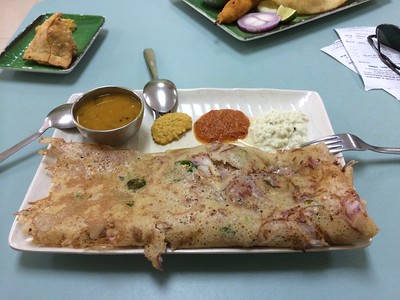
There really is no one way of eating rava masala dosa, except that it’s best eaten hot off the griddle. It tends to lose its crunchy, crispy texture once it cools down. While some prefer eating it from the middle, others might start eating from the edges.
If you like reading this, you’ll probably want to check out kulcha vs naan too.
Which is Healthy: Rava Dosa or Masala Dosa?
Considering the calorie count, rava dosa is the healthier option of the two. Also, rava dosa doesn’t use rice in the batter, unlike masala dosa, making it a healthier choice.
Also have a look at sada dosa vs masala dosa to know the similarities and differences between the two.
Conclusion
Here’s a summary of rava masala dosa vs masala dosa:
- Rava masala dosa is a thin, crispy crepe made with semolina, with no fermentation required, and has a potato masala filling.
- Masala dosa is a popular South Indian dosa that uses rice, black lentils, and fenugreek seeds for the batter, and potato, curry leaves, etc., for its potato masala filling.
- Masala dosa is a 2000-year-old dish and came into existence when a king ordered his cooks to make something out of a party’s leftover food.
- Rava masala dosa has a slightly spicy taste and is crispy and crunchy. Masala dosa has a mildly sour taste and smell since it’s made with fermented batter.
- The masala dosa is the most popular variety of dosa among the two.
- A rava masala dosa has 210 calories, while a masala dosa has about 387 calories.
- Both types of dosas are a good source of proteins and carbohydrates and make a filling meal.
- While the potato masala filling is common to both dosa types, the ingredients used for the dosa batter vary considerably.
- The preparation methods are quite similar for rava masala dosa vs masala dosa, except that the batter for rava masala dosa is different from masala dosa batter and doesn’t require fermentation.
- While rava masala dosa has a thin, crispy, netted texture, masala dosa is crispy on the outside and soft on the inside.
- Both types of dosa are served with sambar and coconut chutney.
- While the batter and potato filling can be refrigerated individually, it’s best to eat the prepared dosas hot off the griddle and not preserve them for another day.
- You can eat a rava masala dosa from the middle or from the edges; there’s no one way of eating it.
- Overall, a rava dosa is comparatively healthier than a masala dosa.
